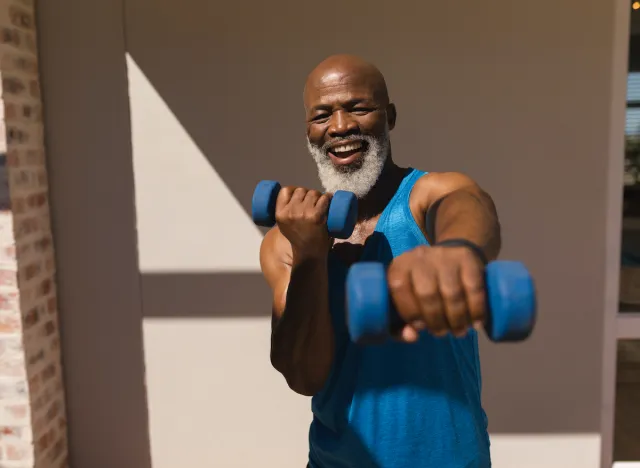When my clients embark on fitness journeys, they often have a common question in mind: How many days a week should they exercise for results? If you’re in the same boat, you’ve come to the right place. Whether your goal is weight loss, lean muscle gain, or overall fitness, understanding the ideal number of days to dedicate to your workout routine is essential. Establishing the right balance ensures that you not only reach your fitness goals but also maintain a sustainable and enjoyable approach to exercise.
In this article, we’ll dive into how many days a week you need to exercise for results. In addition, we’ll explore the perfect combination of workouts for weight loss and lean muscle gain. We will also uncover the multifaceted benefits of regular physical activity, shedding light on how exercise contributes to a healthier weight and enhanced overall well-being.
Now, let’s get into the science of workout frequency and discover the path to achieving meaningful and lasting results. Keep reading to learn more, and when you’re finished, be sure to check out the 5 Most Effective At-Home Workouts for Weight Loss.
How many days a week do you need to exercise for results?

Finding the ultimate balance in your exercise routine is key to achieving optimal results, whether your goal is weight loss, muscle gain, or overall fitness. The number of days you should dedicate to exercise depends on various factors, including your fitness level, goals, and the type of workouts you engage in. According to fitness experts, a general guideline for adults is to aim for at least 150 minutes of moderate-intensity aerobic activity or 75 minutes of vigorous-intensity aerobic activity per week, coupled with muscle-strengthening activities on two or more days a week. This equates to exercising most days of the week, promoting consistency and long-term benefits.
What is the ideal combination of exercise for weight loss and lean muscle gain?

To achieve both weight loss and lean muscle gain, it’s essential to incorporate a well-rounded exercise routine. Cardiovascular exercises, such as running, cycling, or swimming, are effective for burning calories and promoting weight loss. Aim for at least three to five days of moderate to vigorous cardiovascular exercise per week.
Additionally, strength training exercises, including weightlifting or bodyweight exercises, should be integrated into your routine two to three days a week. This helps build and tone muscle, boosting your metabolism and enhancing the overall fat-burning process.
Combining both cardio and strength training creates a powerful synergy that contributes to achieving a lean and fit physique.
How is exercise beneficial for weight loss and boosting one’s overall fitness?

Exercise plays a crucial role in weight loss and overall fitness, offering a myriad of benefits beyond just shedding pounds. Regular physical activity helps create a calorie deficit—essential for weight loss—by burning calories and increasing metabolism. Moreover, exercise promotes the development of lean muscle mass, which not only contributes to a toned appearance but also enhances the body’s ability to burn calories at rest. In addition to weight-related benefits, exercise positively impacts cardiovascular health, reduces the risk of chronic diseases, and improves mental well-being.
On the one hand, engaging in aerobic exercises, such as jogging or cycling, elevates heart rate and improves cardiovascular endurance. Strength training, on the other hand, enhances muscular strength, endurance, and bone density. The combination of both types of exercise creates a comprehensive fitness routine that addresses various aspects of health. Moreover, consistent physical activity has been linked to improved mood, reduced stress, and better sleep quality, contributing to a greater sense of overall well-being.
Tyler Read










